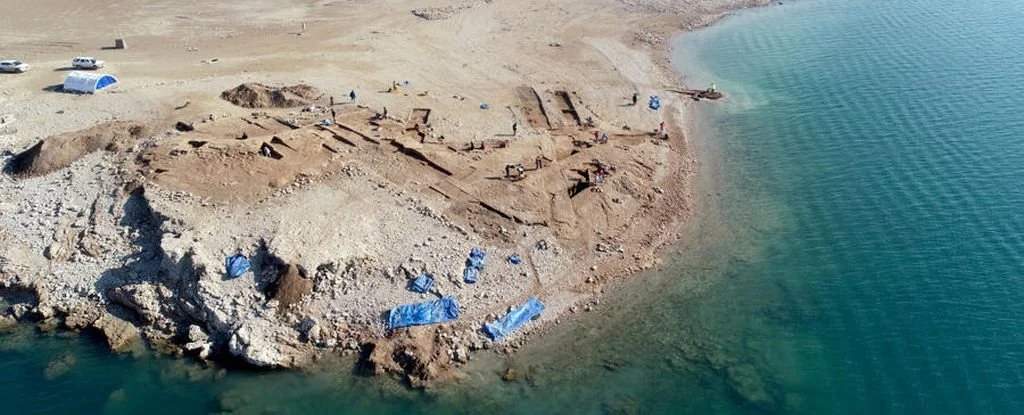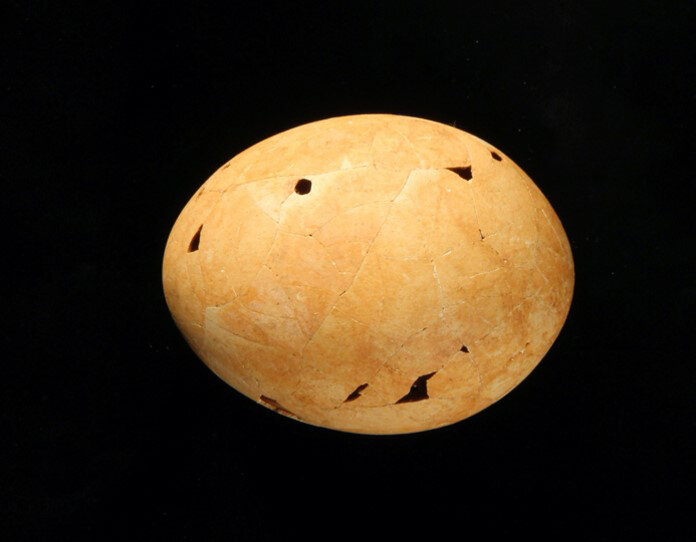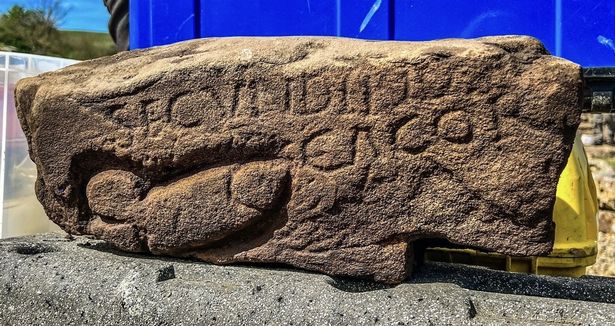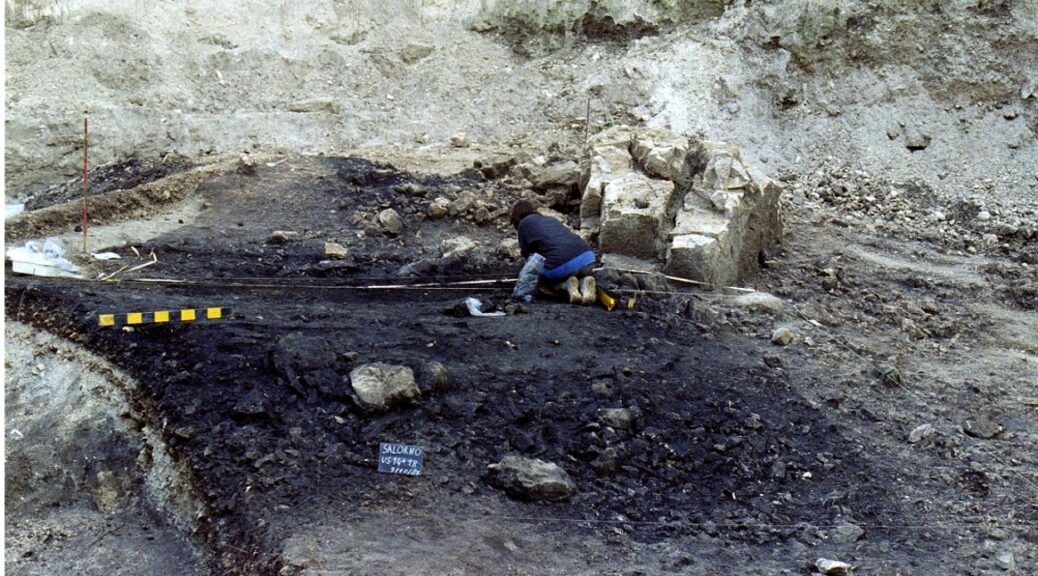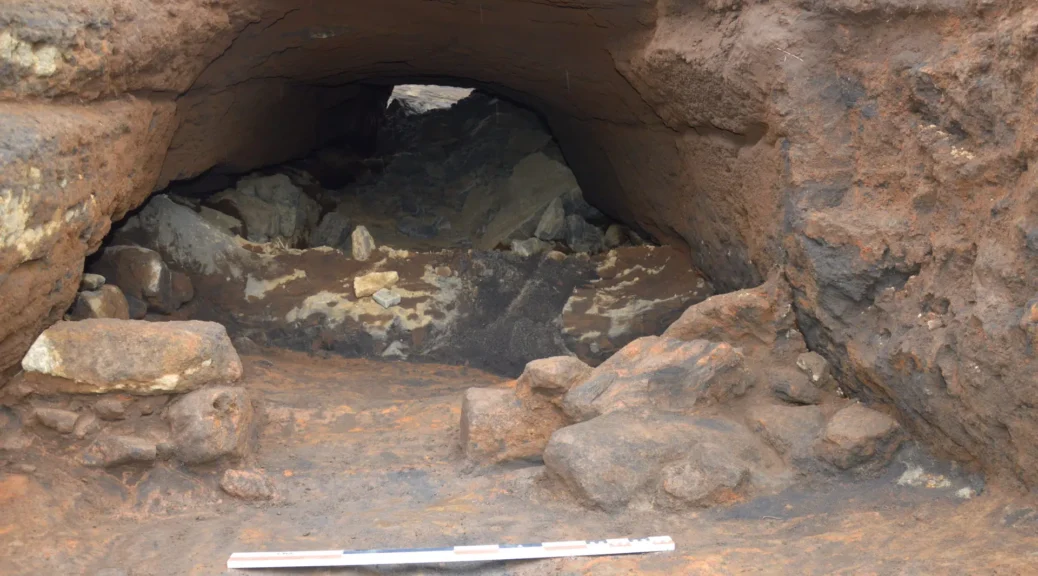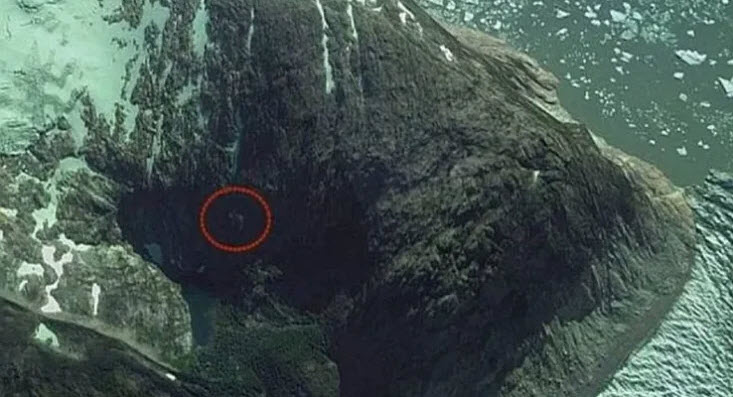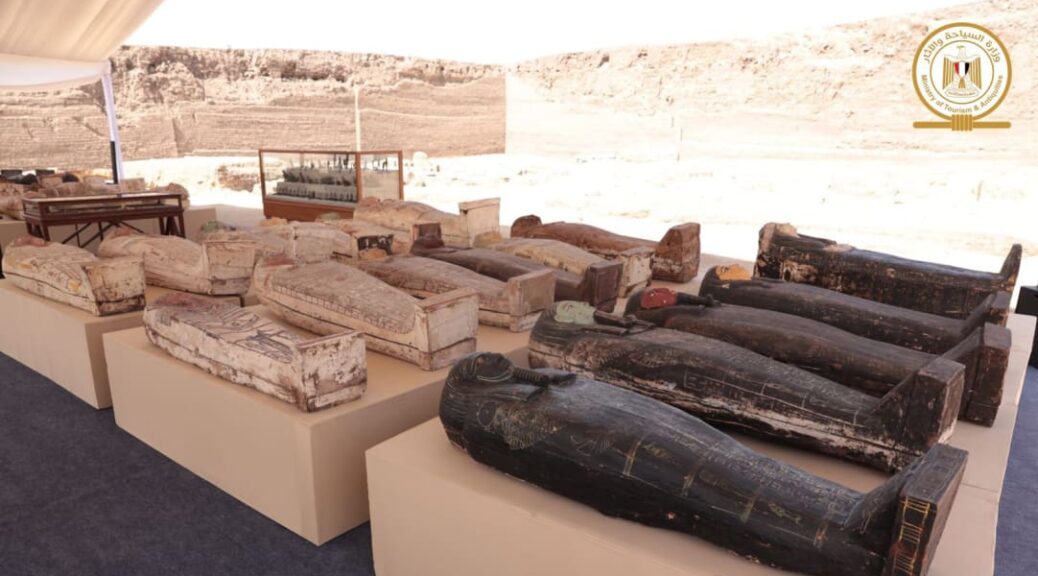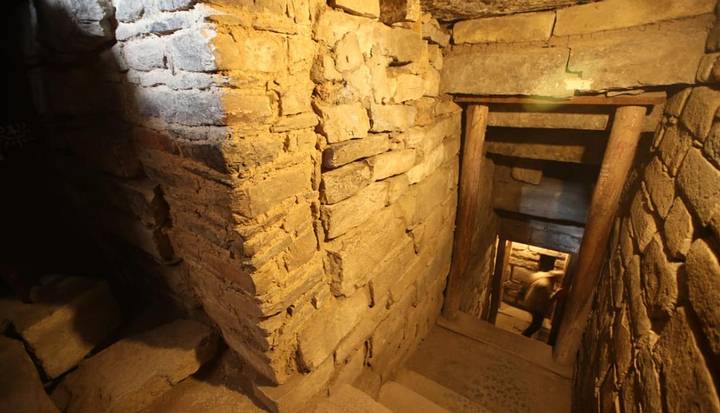3,400-year-old ‘lost’ city re-emerges from Tigris River in Iraq
The tightening grip of climate change on our planet is revealing secrets buried for millennia. As waters and ice recede under warming conditions, the traces of people and civilizations long gone from the mortal realm emerge.

In recent months, Iraq has been hit particularly hard, battered by extreme drought, with the Mosul reservoir shrinking as water is extracted to keep crops from drying.
Amid this crisis, the ruins of an ancient city, submerged for decades, are once again on dry land. Since the dam was created in the 1980s before the settlement was archaeologically studied and catalogued, its re-emergence represents a rare opportunity for scientists to explore it. The archaeological site has been named Kemune.
The ruins consist of a palace and several other large structures, dating back to the Bronze Age in the region, around 3,400 years ago. Scientists think the ruins might be from the ancient city of Zakhiku, a bustling centre for the Mittani Empire, which thrived on the banks of the Tigris River between 1550 and 1350 BCE.
This isn’t the first time that the city has risen from the waters like a lost Atlantis. In 2018, the dam waters receded enough to give archaeologists a brief window in which to discover and document the ruins, before the water level rose and covered them again.
So, in December of 2021, when the city began to emerge once more, archaeologists were ready to leap in and take advantage of the second brief window.
In January and February of this year, archaeologist Hasan Ahmed Qasim from the Kurdistan Archaeology Organization in Iraq, along with fellow researchers Ivana Puljiz of the University of Freiburg and Peter Pfälzner from the University of Tübingen in Germany, set about mapping the mysterious city.

In addition to the palace that was uncovered in 2018, the researchers found some other interesting structures. These included a large fortification with a wall and towers, an industrial complex, and a huge, multi-story storage building, all dating back to the Mittani Empire.
“The huge magazine (storage) building is of particular importance because enormous quantities of goods must have been stored in it, probably brought from all over the region,” Puljiz says.
The preservation of the mud-brick walls was rather remarkable, considering they had been underwater for over 40 years, but that was a result of the city’s rather abrupt fall in 1350 BCE.
During this, an earthquake devastated the region, toppling buildings, which resulted in a protective coating of rubble falling over the remaining intact walls, covering their painted murals and the buildings’ contents.

Fascinatingly, the city also yielded some ceramic jars containing over 100 unfired clay tablets inscribed in cuneiform, dating to the Middle Assyrian, shortly after the earthquake.
The team hopes that these records might contain some information about who lived in the city, and maybe even about the earthquake itself that led to its demise.
“It is close to a miracle that cuneiform tablets made of unfired clay survived so many decades underwater,” Pfälzner said.
The dam has since been refilled, submerging the city once more, but steps have been taken to make sure that it will be preserved for future excavations when the water recedes once more. The ruins have been sealed under plastic coverings that will prevent future erosion and degradation in the years ahead.
In the meantime, the frenzied work has given the archaeologists material to study that may shed light on the lives of the ancient Mittani who lived in the once-great city.
“The excavation results show that the site was an important centre in the Mittani Empire,” Qasim said.
